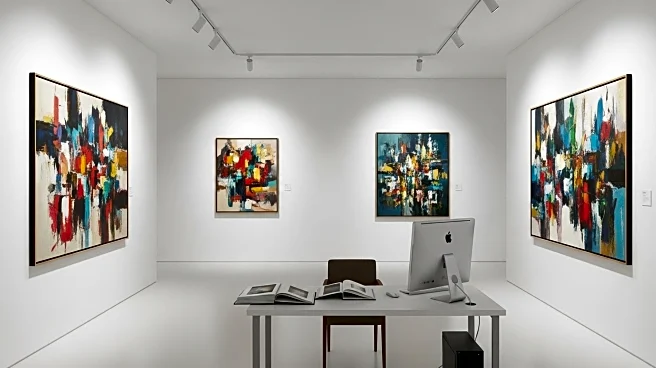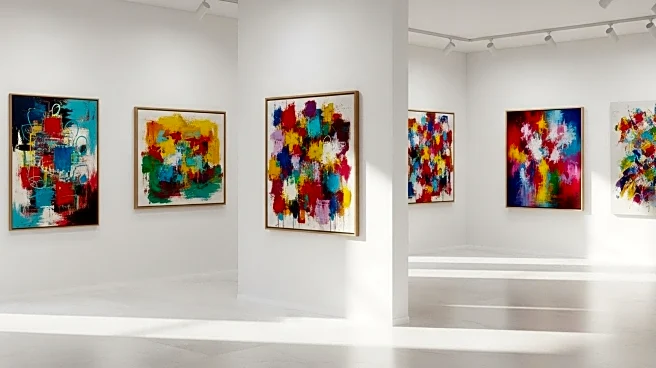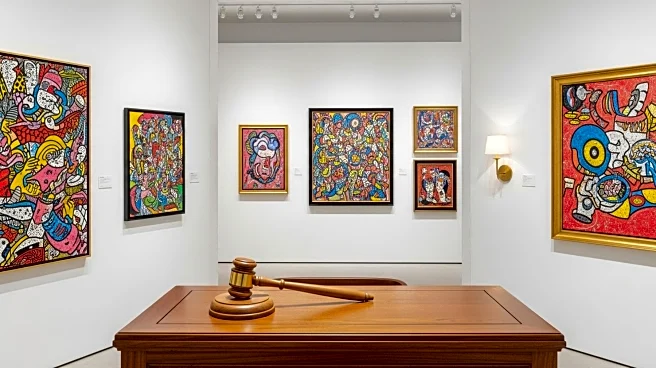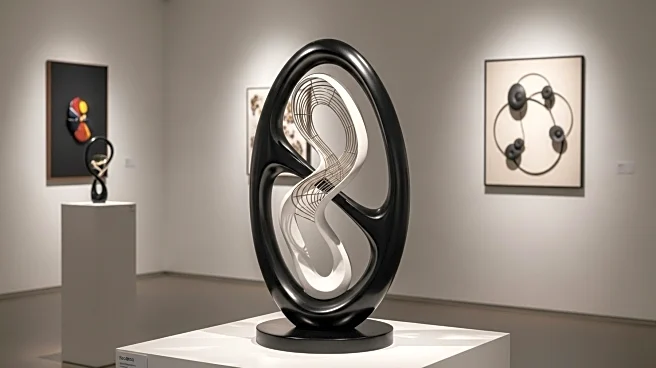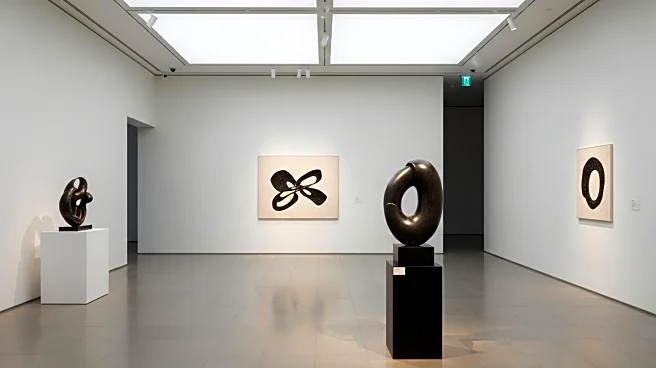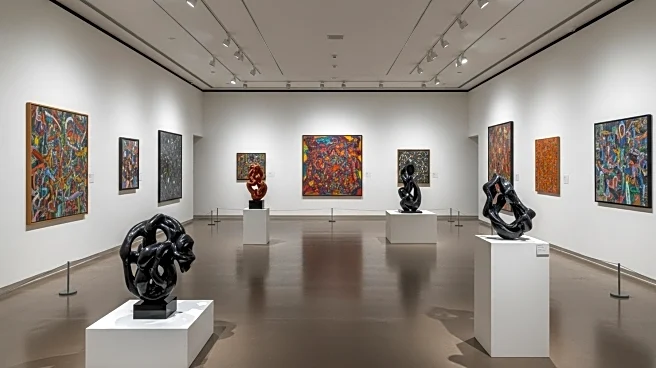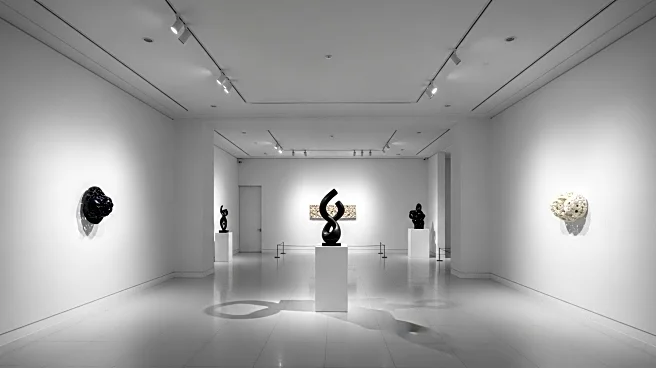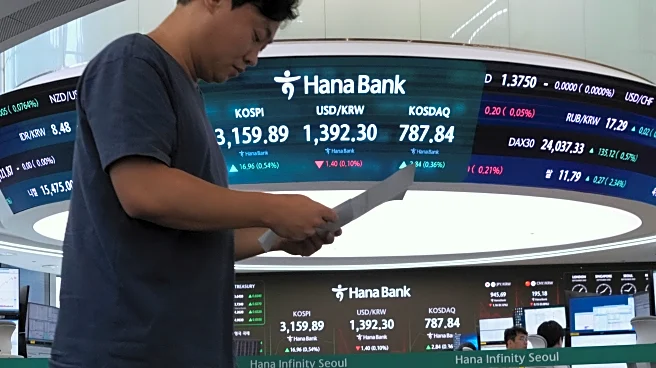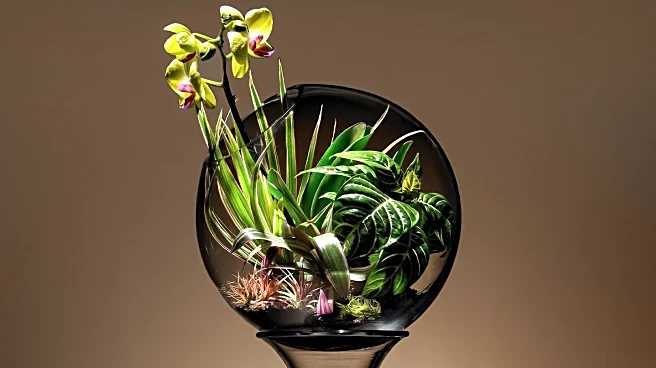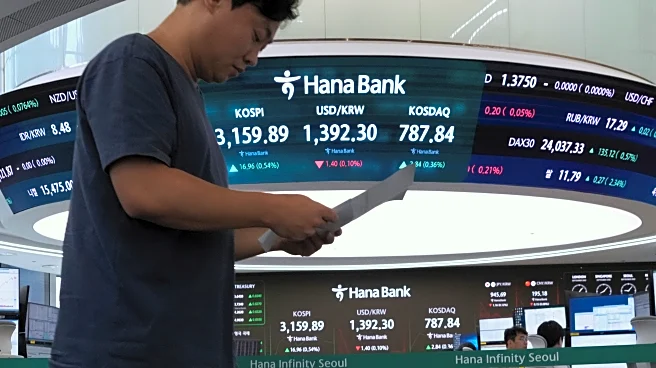What's Happening?
Jason Haam, a prominent gallery owner in Seoul, is navigating the evolving art market landscape by adapting his gallery's focus. Since opening his gallery in 2017, Haam has showcased both international and Korean artists, participating in major art fairs like Art Basel Hong Kong and Frieze Seoul. Recently, he has shifted towards promoting more local talent, responding to a growing demand for Korean artists. This strategic pivot comes as the Korean art market experiences a significant downturn, larger than that seen in New York. Haam's gallery has expanded to include a second space, allowing for a more public engagement with secondary art dealings. This move aims to create a symbiotic relationship between local and international art, catering to a diverse clientele.
Why It's Important?
The shift in Haam's gallery strategy highlights broader trends in the global art market, particularly the increasing importance of regional markets like South Korea. As Korean collectors become more interested in homegrown talent, galleries are compelled to adapt, potentially reshaping the dynamics of art sales and representation. This change could lead to a more balanced global art scene, where local artists gain more visibility and opportunities. The downturn in the Korean market also reflects a cautious approach by collectors, who are now more selective, focusing on high-quality works with strong potential for appreciation. This trend could influence how galleries worldwide strategize their artist rosters and market engagement.
What's Next?
As the Korean art market continues to evolve, galleries like Haam's may further refine their strategies to balance local and international interests. The success of this approach could encourage other galleries in Asia to adopt similar models, potentially leading to a more interconnected global art market. Additionally, the ongoing challenges in the market may prompt galleries to explore new business models and partnerships to sustain growth and engagement.
